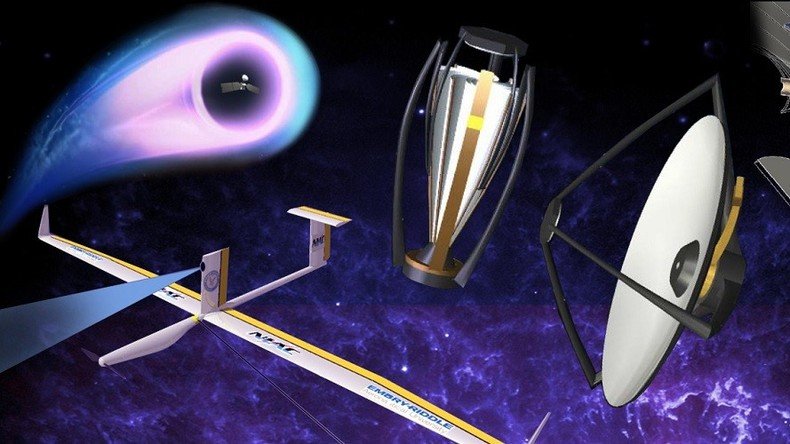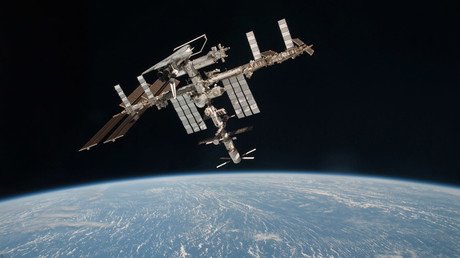Deep sleep and interstellar travel: NASA advances investment for new tech

NASA has chosen to inject new investments in eight space-exploration technologies with transformational potential. The projects include a habitat enabling long-term sleep for astronauts and directed energy for interstellar missions.
The space agency announced that eight studies, previously researched as part of Phase I of the NASA Innovative Advanced Concepts (NIAC) Program, have now been chosen to move to Phase II.
Individual projects may receive as much as $500,000 for two years of further study, NASA said, to "allow proposers to further develop concepts funded by NASA for Phase I studies that successfully demonstrated initial feasibility and benefit."
Our torpor concept for deep space human stasis has been selected for a @NASA#NIAC Phase 2 study! https://t.co/TcSkv7TWW8
— SpaceWorks (@SpaceWorksSEI) May 13, 2016
Selected through a peer-reviewed process, the early-stage projects explore a variety of new technologies that aim to improve aerospace systems and space exploration overall.
‘Science fiction to fact’: NASA hackathon expands its diversity worldwidehttps://t.co/dxXP657s5Jpic.twitter.com/i5ZLEmJgL9
— RT America (@RT_America) April 26, 2016
The projects include:
- "development of an advanced habitat system" that is "capable of cycling the crew through inactive, non-cryonic torpor sleep states for the duration of the inspace mission segments";
- use of "solar white" deep-space coating to enable "long-term cryogenic storage to allowing passive high temperature superconductor operation in space";
- use of "directed energy to allow the achievement of relativistic flight to pave the way to the first interstellar missions";
- exploration of plasmonic force propulsion to provide "attitude control capability for small spacecraft with minimal power penalty and minimal mass and volume penalty";
- "magnetoshell" aerocapture that uses "aerodynamic drag forces to slow the spacecraft";
- a "dual-aircraft platform" that allows for an "atmospheric satellite in the lower stratosphere which utilizes a combination of wind and solar energy capture";
- "tensegrity technology" that advances designs for "a rotating habitat with a robotic system that constructs the structure and provides a habitat growth capability";
- and a new design of telescope with a "deployable membrane-like mirror" for uses in "ultraviolet-visible astronomy."
Not all about #StarWars: Biggest real space breakthroughs of 2015 https://t.co/6zDMvQAiL6pic.twitter.com/rd1d5jjlIj
— RT America (@RT_America) December 28, 2015
“The NIAC program is one of the ways NASA engages the U.S. scientific and engineering communities, including agency civil servants, by challenging them to come up with some of the most visionary aerospace concepts,” said Steve Jurczyk, associate administrator of NASA’s Space Technology Mission Directorate. “This year’s Phase II fellows have clearly met this challenge.”
Working on space tech at a university? We want YOU to submit innovative early-stage technology development proposals https://t.co/xEdHRkwgqO
— NASA Technology (@NASA_Technology) May 11, 2016
NASA said the projects will take at least 10 years of study and development before they are mission-ready.














